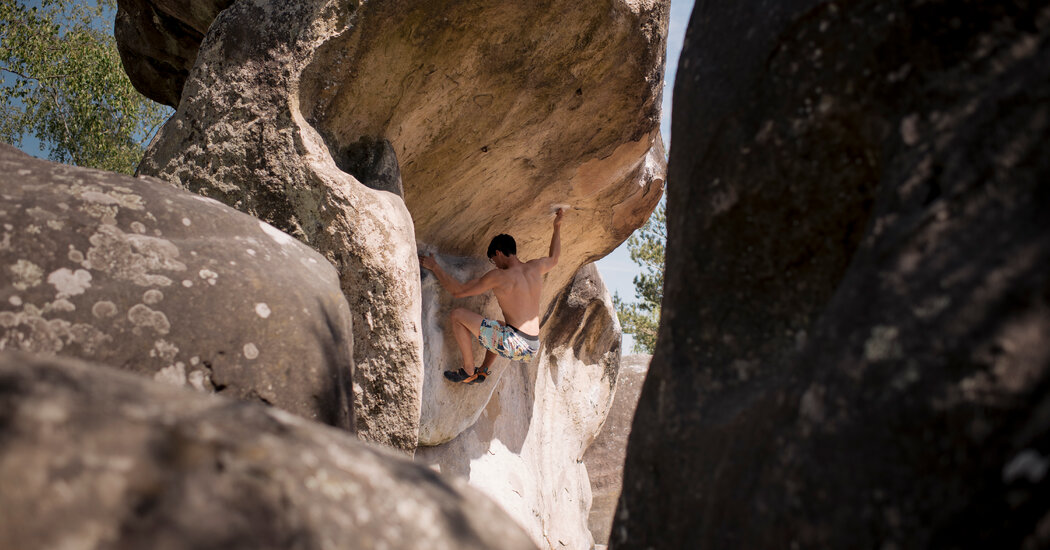
In popular imagination, France’s Fontainebleau is inextricably linked to its grand Château. But when I visit, I typically skip it entirely. Yes, the 1,500-room Château de Fontainebleau that was inhabited by French kings and emperors for eight centuries may seem the most arresting attraction in this region 37 miles south of Paris. Instead, it’s the surrounding forest that entices me to return again and again.
The 50,000-acre Forest of Fontainebleau was once prized by the royals for its exceptional hunting grounds. Now it is France’s second largest national forest and part of the Fontainebleau & Gâtinais UNESCO Biosphere Reserve, drawing 15 million visitors annually for bouldering, trail running, forest bathing and other activities, thanks to a topography that combines forested, wet and dry environments, and three massifs — Fontainebleau, Les Trois Pignons and la Commanderie.
“We have traces of mankind and engravings dating back tens of thousands of years,” said Sophie David, an archaeologist and Forêt d’Exception project manager with the National Forestry Office, or O.N.F. “That history is exceptional, but so is the 12,000 species of plant and animal life that make it among the richest sources of biodiversity in Europe.”
My introduction to the forest was 17 years ago, with my then-boyfriend and now husband, Cédric, an avid climber. I have spent the years ever since working to better understand the legendary place the French simply call Bleau.





